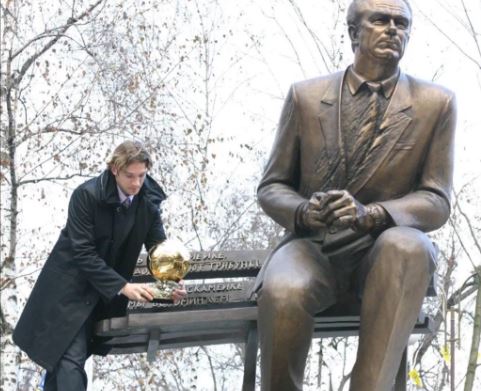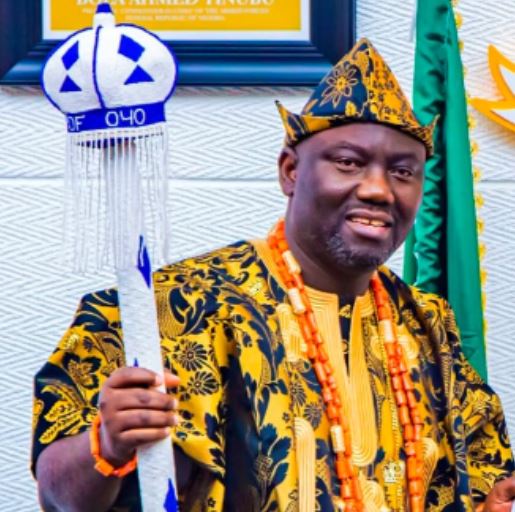Viktor Maslov: The man who turned football into a marathon
Imagine being a player in the 1960s. You’ve just lit your fourth cigarette during half-time when a mad Soviet coach named Viktor Maslov suddenly decides that you have to run. All the time. Everywhere on the pitch. Welcome to the birth of pressing!
Maslov invented a tactic that made even the most hardy players gasp for breath. His idea? Why wait for the opponent to come to you when you can hunt them down like a pack of hungry wolves? Suddenly, football was transformed from a gentleman’s game to a survival race. Thank you, Maslov, for making millions of couch potatoes exhausted just by watching.
Valeriy Lobanovskyi: When Einstein met football
If you thought rocket science was complicated, wait until you meet Valeriy Lobanovskyi’s football philosophy. This former engineer decided to treat football players as equations in a huge, sweaty maths problem.
Lobanovskyi was so obsessed with numbers that he probably dreamed in binary code. He was using computers to analyse matches long before anyone knew what a computer was. The result? A Dynamo Kyiv team that played with a precision that made Swiss watchmakers envious.
Arrigo Sacchi: Zorro of the zone defence
At a time when Italian defence was synonymous with clinging to the opponent like an annoying cousin at a family party, Arrigo Sacchi came along and introduced the zone defence. Suddenly the defenders were moving in perfect synchronisation, like a ballet group with leg splints.
Sacchi’s AC Milan team was so well organised that rumour has it they also coordinated their toilet breaks. His tactics were so effective that opponents often felt caught in an invisible web. Who knew that something as boring as zoning could be so beautiful?
Egil “Drillo” Olsen: When football meets Viking tactics
While all other coaches were busy playing smart and technical, Norwegian Egil “Drillo” Olsen decided to channel his inner Viking. His tactics? Bomb long balls up the field and see what happens. It was like watching a bunch of Norwegians on a raid, only with football boots instead of axes.
Drillos Norway climbed to an incredible 2nd place in the FIFA rankings, proving that sometimes the best tactics are no tactics at all. Or maybe it was just that opponents were too confused to react to a style of play that resembled organised chaos.
Tony Pulis: The Houdini of throw-ins
Most coaches spend hours honing their corner kick routines. Tony Pulis thought, why stop there? Let’s make every throw-in an event! Under Pulis, Stoke City’s throw-ins became more feared than a penalty.
Pulis’ team could turn even the most innocent throw-in into a goal, like a magician’s trick. The opponents never knew if the ball would end up in the box, on goal, or maybe in the next town. It was like watching a mix of football and javelin throwing, but without the javelin.
The future of football: When the nerds inherit the earth
Time goes, and football becomes as structured as if the players were not humans, but androids with a set number of tasks they had to execute, without the right to make mistakes or the improvisation opportunity. Different ideas of tactical maestros, proven over the years are woven into one genius masterplan, with some details that don’t work that well being thrown away, adapted or improved.
But it’s thanks to the bold tactical moves and experiments of Maslov, Sacchi, Lobanovskyi and others we got the modern football as it is: robotic sometimes, yes, but still interesting, fast, full of athleticism and intriguing plot. Meaning everything why we fell in love in this sport.



























